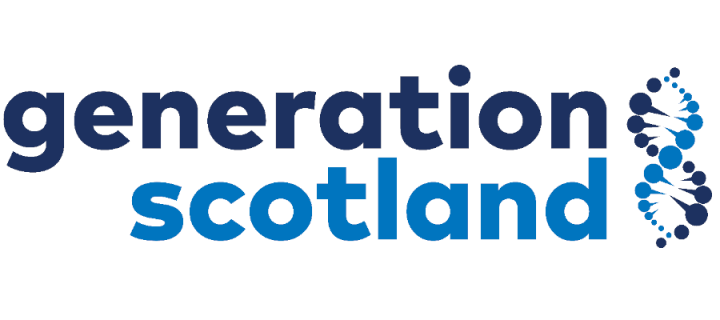Study finds new indicators to determine severity of coronavirus (COVID-19)
Research, involving Generation Scotland, has found 27 new biomarkers which help to indicate mild and severe forms of coronavirus (COVID-19).

The current coronavirus (COVID-19) pandemic presents a challenge for clinical care to establish quick and reliable indicators of illness and its severity. A paper, published in Cell Systems and led by Prof. Markus Ralser (Charité Universitaetsmedizin Berlin and The Francis Crick Institute), presents a technological breakthrough on this issue. The work also involved research groups led by Prof David Porteous and Dr Riccardo Marioni and used Generation Scotland volunteer data.
The group were able to study proteins that are potential biomarkers of health and disease. Using a machine learning platform, researchers were able to identify 27 biomarkers of COVID-19. They helped to determine mild and severe forms of the illness, some of which have potential as therapeutic targets. To enable the greatest impact and use of this development, the researchers have made all protocols and software for using the approach freely available to other researchers.
Large, inexpensive, and high quality proteomic studies will help to drive biomarker development and our understanding of disease. It’s terrific that pilot data from 200 Generation Scotland participants contributed to this study. We are now working with colleagues at the Crick to scale this up to the full cohort of 20,000 individuals.
We are delighted that Generation Scotland were able to support this important study of COVID-19. All the world is looking for ways to predict how patients with the signs and symptoms of COVID-19 are likely to progress and how they react to experimental treatments. The added benefit of this approach is that it can be applied to any new virus outbreak in the future.
View the published paper by clicking the link below:
Ultra-high-throughput clinical proteomics reveals classifiers of COVID-19 infection

